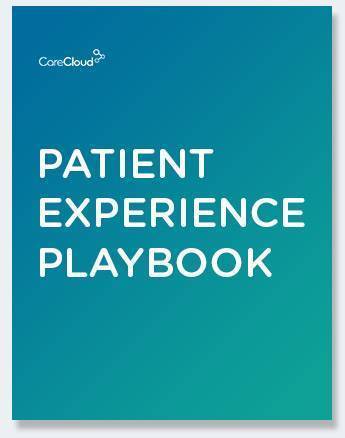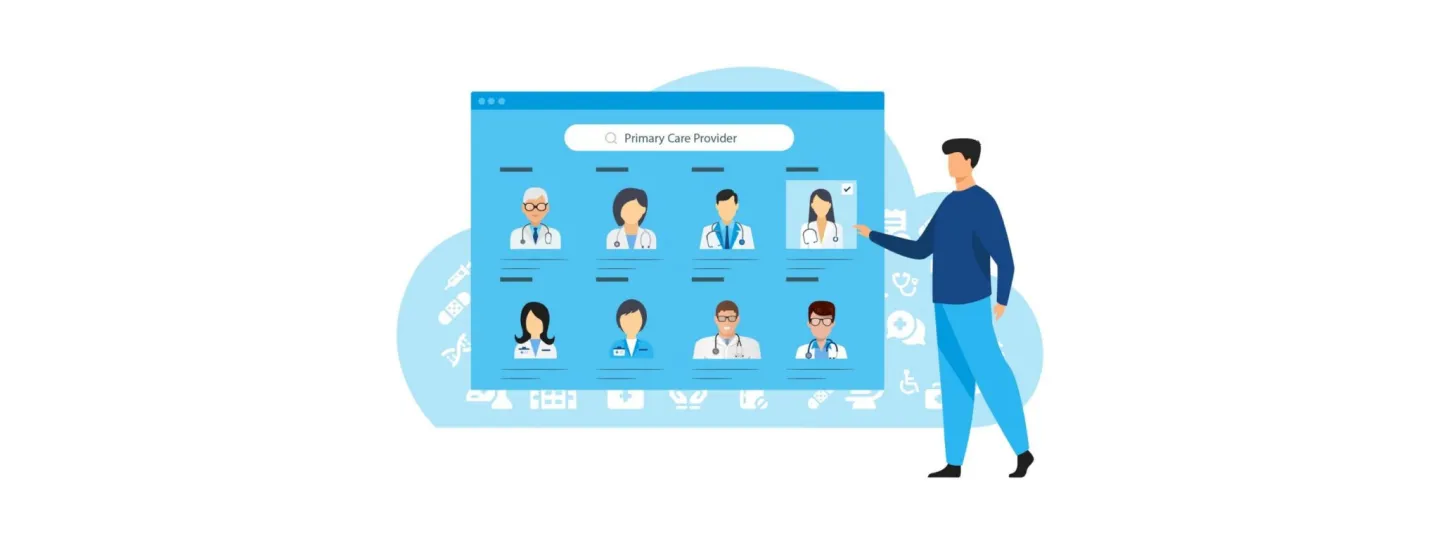Patient consumerism is taking hold in healthcare; a combination of care accessibility and greater access to digital information pertaining to providers, conditions, diagnoses, and treatments has emboldened twenty-first-century patients.
With readily available medical information online, physician reviews, mobile apps, and other technology, patients have become more empowered than ever before. The healthcare consumerism trend is transforming health benefit plans and placing purchasing power and decision-making in the hands of consumers, forcing healthcare providers to quickly adopt new technologies, or risk being left behind in the age of increased patient demand.
While an informed patient can certainly benefit your practice, the patient consumerism trend can also present some significant challenges for healthcare providers and their staff.
The benefits of patient consumerism
Adoption of New Technology
As consumers become more educated and more empowered to make purchasing decisions, they are demanding more convenient provider interactions.
This means medical providers will be forced to invest in technology that can deliver convenient and seamless patient experiences. Some popular solutions include electronic intake, online pre-registration, appointment management, telemedicine, secure messaging, and financial tools. These tools can help improve patient engagement, provide a more pleasant healthcare experience, and modernize practice operations.
Increased Patient Outcomes
A more informed patient can help you provide better care. When a patient comes to your office with prior knowledge of their condition, it puts you and your staff in a better position to form a care plan.
Studies show that healthcare providers tend to interrupt their patients more often than they realize. Failing to listen, and rushing to a hasty diagnosis, does not foster a collaborative relationship between physician and patient – something that more and more patient consumers are seeking from their care providers.
Less Time Spent on Intake Processes
By enabling patients to manage their personal health information, physicians and administrative staff can gain back valuable time that allows them to focus more on patient experiences and business growth. Also, by utilizing technology to help streamline patient intake, doctors spend less time asking questions and more time providing necessary treatment.
The ability to streamline care delivery can help alleviate time constraints and give providers the ability to treat more patients.
The challenges of patient consumerism
Power Struggles
In nearly every other industry, consumerism is overwhelmingly positive. A more informed customer can help streamline the purchasing of goods and services and drive economic growth.
However, healthcare is unique in that service providers – aka physicians – are highly trained, specialized professionals. Considering their bloated schedules and time constraints, providers can’t spend an entire appointment debunking internet research, something many doctors justifiably view as abusive and disrespectful patient behavior.
Decreased Doctor-Patient Relationships
When the patient and doctor are at odds over care decisions, the doctor-patient relationship – which should be built on trust, empathy, and understanding – deteriorates. Communication between the two must be thorough, clear, and considerate to ensure the patient receives the best care possible. However, when a patient advocates for a plan of treatment that runs contrary to established medical practice, it places providers in a tough situation. In these cases, an overly empowered, consumer-minded patient may receive provider push back, which could lead to an erosion of the patient-provider relationship.
Accuracy of information
If your organization has ever cared for a patient who claims they’re suffering from a self-diagnosed medical condition, then you’ve experienced first-hand the negative effects of the patient consumerism trend. While many consumer-facing resources can be trusted and beneficial, access to unlimited information will always present your patients with an increased exposure to potentially faulty information. Crowdsourced websites and social media can be extremely misleading sources for health and wellness.
Not every patient is ready to be a consumer
While younger, economically stable patients are quicker to use technology as a way to interact with providers and access care, older populations, and those facing financial challenges, may not be as quick to adopt the new consumerism mindset. This is important to note, since both demographics are typically represented within your practice.
How to meet and exceed patient expectations
With the above pros and cons in mind, the key takeaway is this – patient consumerism is here to stay. If you’re ready to exceed patient consumerism expectations, keep the following in mind.
Understand the consumer mindset
Before visiting your clinic, a patient will have likely researched their symptoms and read reviews of your practice. Patients are now more educated than ever before, and they want to be seen and heard in the exam room. Understanding this mentality will help you deliver care and communication that are sure to reassure your patient’s concerns.
Invest in the right tools and resources
In addition to retail-based, transactional platforms, consider investing in patient engagement tools like telemedicine. Patient experience solutions provide patients with affordable, convenient access to care.
Focus on patient experiences
Patient experience tools should provide real-time, reliable information to support patients as they make critical decisions about their health. When selecting patient experience solutions, consider affordability and accessibility. You should also pay attention to how intuitive the user experience is for both the physician and patient.
Don’t sacrifice quality
Most importantly, quality care should always take precedence over the implementation of tools, technologies, and business strategies. While patient experience software and practice management solutions can enhance your operations and financial posture, your primary goal should always be quality care. If you can show your patients that your years of medical education, training, and practice have positioned you to deliver the best care possible in today’s modern care landscape, you’ll consistently succeed in the age of patient consumerism.

Download the Patient Experience Playbook



